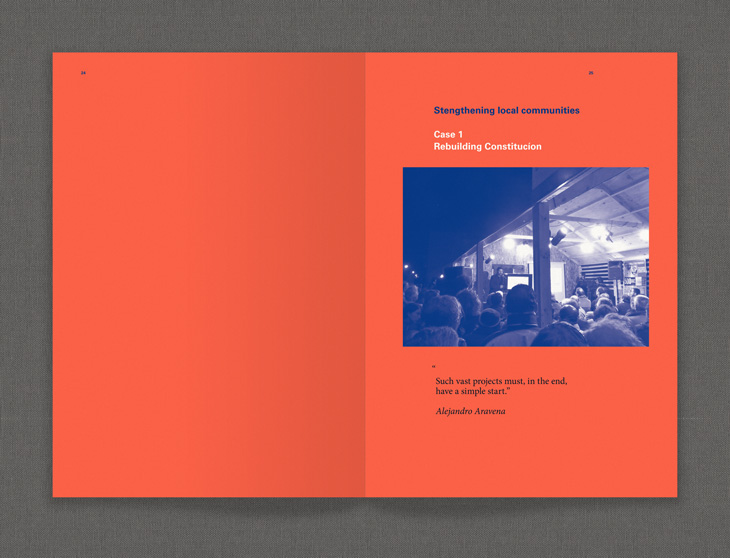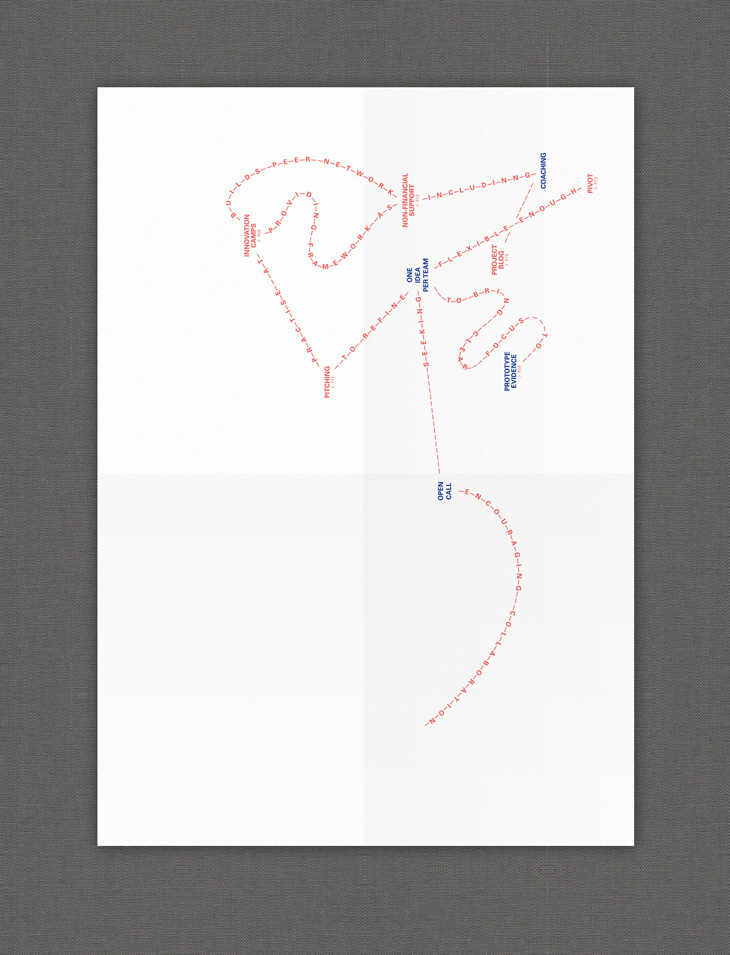The authors about their book:
This is not the book to convince you that the world is changing and our systems are currently under stress. The purpose here is to begin codifying the practises of stewardship, as exhibited by innovators who are consciously rethinking institutions to better meet the challenges of today.
Stewardship is the art of aligning decisions with impact when many minds are involved in making a plan, and many hands in enacting it. This notion comes to life through the stories of six projects on three continents.
By zooming in on the details, a handful of practises emerge that will help you convert ideas into action. Each story is shared as a brief narrative which is then broken down into a network of interlinking practises. In writing Legible Practises We hope to spark a conversation about the deep craft of social innovation as a reminder that, even when dreaming big, the details still matter.
The book can be downloaded for free at:
http://www.helsinkidesignlab.org/pages/legible-practises
—
Client: Helsinki Design Lab
Year: 2013
This is not the book to convince you that the world is changing and our systems are currently under stress. The purpose here is to begin codifying the practises of stewardship, as exhibited by innovators who are consciously rethinking institutions to better meet the challenges of today.
Stewardship is the art of aligning decisions with impact when many minds are involved in making a plan, and many hands in enacting it. This notion comes to life through the stories of six projects on three continents.
By zooming in on the details, a handful of practises emerge that will help you convert ideas into action. Each story is shared as a brief narrative which is then broken down into a network of interlinking practises. In writing Legible Practises We hope to spark a conversation about the deep craft of social innovation as a reminder that, even when dreaming big, the details still matter.
The book can be downloaded for free at:
http://www.helsinkidesignlab.org/pages/legible-practises
—
Client: Helsinki Design Lab
Year: 2013
—








A subset of the points of practise are illustrated with drawings by Lucia Walter. This decision came out of a desire to add some visual content to the text. Choosing between photos and illustrations was rather simple: people rarely take photos of their process (unless they're like obsessive like the author of this post). But resorting to illustration was also important because it gave us a chance to bring the texture of handcraft into the book. We selected Lucia because her work in pen and ink is obviously rendered as a playful mix of purpose and happy accident. The style of the illustration is an embodiment of the notion of stewardship that we explore in the text itself.

The authors about the diagrams:
The 'network of practise' is a diagram we've invented to show a web of relationships between the points of practice in the book. This comes out of a taxonometric problem that we encountered when compiling the list of points of practice. On the one hand, it felt like we should divide them into a taxonomy with categories such as tools (data map, project blog, audio interview), methods (create upside, public beta), qualities (work at the extremes, create upside)… but this felt premature given that we've only studied six cases. We could certainly create a taxonomy, but that already implies a formality of knowledge that we were not comfortable with. One of the starting points of the study was the fact that different disciplines were all aiming at the same problem, which indicates that this moment is one of flux more than fixity. Using this network rather than a taxonomy avoids the problems of moving from one set of silos to another, and instead puts the emphasis on the individual points and how they connect.
As an open-ended system, the network diagrams show linkages between items and help the reader come to their own conclusions about the relationships between them in terms of scale, importance, and directionality. The diagrams include a mix of the points in the case in question, other cases in the book, as well as some points which are not covered at all in the book. Again, open-ended. Still in development. Evolving.
We've put our emphasis on decomposing the stories into building blocks: it's up to you to recombine them in whatever way is useful. Twopoints interpreted the networks so that each takes on its own visual form, its own identity. This leads to a good question: might we find a way to draw different kinds of institutional changes as typologies that have similar forms? Could we draw similar challenges in a way that helps an emerging community of practise develop a shared language for 'spiky problems', 'flat problems', 'round problems', etc? We have not engaged with that possibility here, for want to a large enough body of cases to do the idea justice, but perhaps at a future date.








